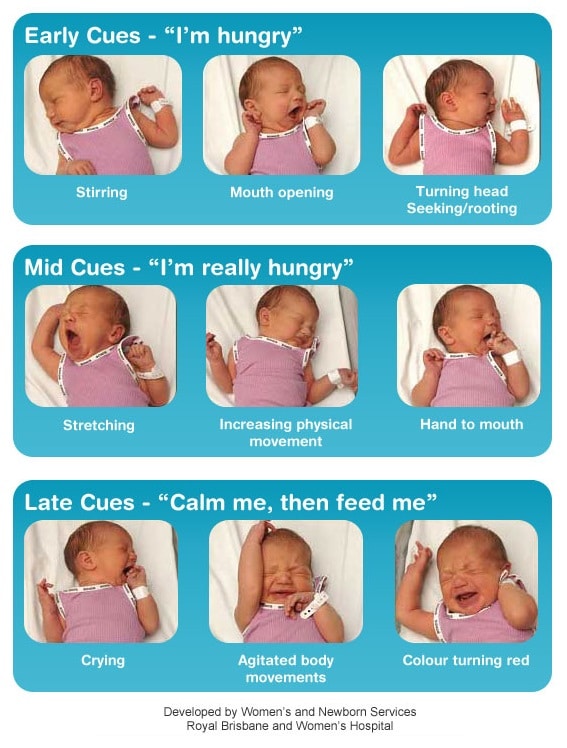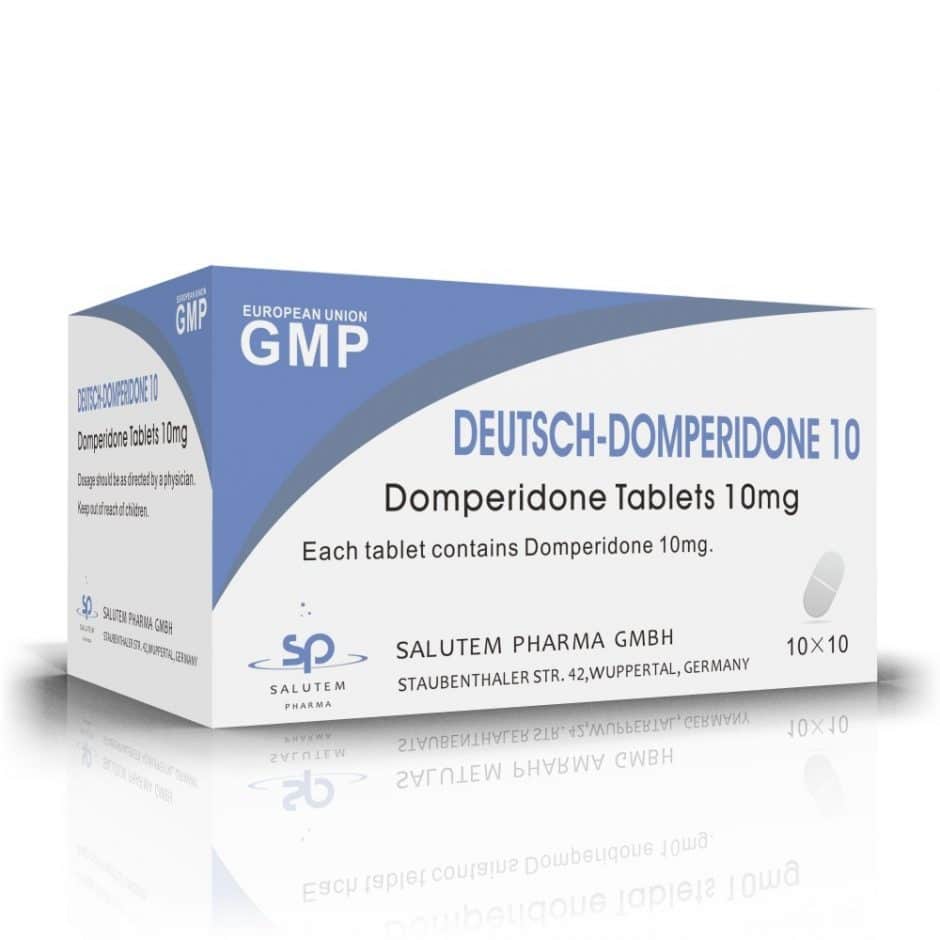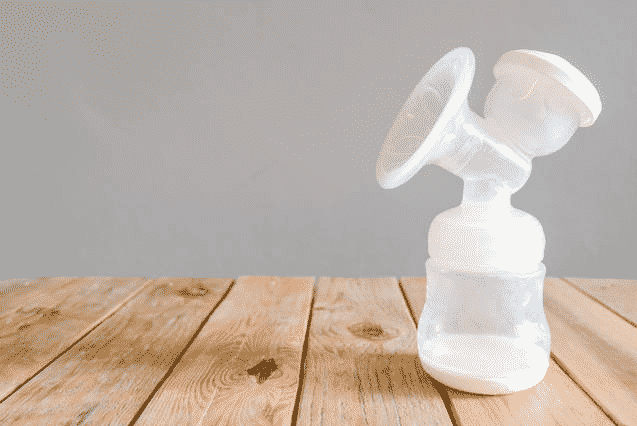Many breastfeeding moms ask how to increase milk supply because they worry that they are not producing enough milk for their baby. This is particularly true when you’re feeding your baby directly from your breast since you can’t actually see how much milk your baby is drinking.
This is a common concern, but according to the International Breastfeeding Center, most moms have lots of milk to meet their baby’s nutritional needs, or they could have lots of milk if they get off to a good start.
“The problem is often that the baby is not getting the milk that is available,” says Dr. Jack Newman from the International Breastfeeding Center.
Medical professionals advise that stress and anxiety itself can lower your milk supply. Instead of worrying, rest assured that you most likely are producing enough milk. If you are not, there are plenty of ways to help increase your production.
This is a comprehensive article. For your convenience, this post has been broken up into 3 major sections. If you are worried about how to produce more breastmilk, you will find all three sections helpful:
Contents
How To Increase Milk Supply
If you’ve found that you have a low milk supply, it can be heartbreaking to think your breastfeeding journey must end. But it does not need to. There are many tips and tricks that moms have effectively used to increase their milk supply.
Easy Steps To Boosting Your Breast Milk Supply
-
Breastfeed On Demand
To start, breastfeed frequently and on-demand. This is one of the best tips on how to increase your supply.
Your baby will be hungry eight to 12 times per day in those first few weeks of life. It can be daunting to feed your baby every two to three hours, but each feeding is very important to establish an ample milk supply. The feeding and emptying process is what signals your body to produce more milk.
Look for feeding cues and feed your baby when you see signs that your baby is hungry.

-
Don’t Follow a Strict Breastfeeding Schedule.
Instead, allow your baby’s hunger cues to tell you when and how long to feed. If your newborn baby is having weight gain problems, try to nurse at least every 1.5-2 hours during the day and at least every 3 hours at night.
-
Get The Most Effective Latch By Trying Different Breastfeeding Positions
Consult a lactation expert if you suspect a poor latch. There are several breastfeeding positions you can try, like football hold, cradle hold, cross-cradle position, laid back position, side-lying position, etc.
-
Empty Your Breasts With Each Feeding
Allow your baby to finish the first breast. When your baby is done, offer the second breast. It is important to offer both breasts at each feeding.
If your baby doesn’t empty both breasts because he/she is full, complete the process of emptying your breasts by manually expressing or pumping![]() .
.
If you are dealing with a sleepy baby, switch sides and/or do breast compressions while you are nursing, (see video below).
 Switching may wake your baby enough to continue suckling. Breast compression is also very effective in waking your baby AND getting more milk out of your breasts.
Switching may wake your baby enough to continue suckling. Breast compression is also very effective in waking your baby AND getting more milk out of your breasts.
Empty breasts are a signal to your body to make more breast milk. In other words, the more milk that is taken out of your breasts, the more breastmilk your body will produce.
-
Start Power Pumping
 Power pumping is when you empty out your breasts by pumping breast milk very frequently in a short amount of time.
Power pumping is when you empty out your breasts by pumping breast milk very frequently in a short amount of time.
It is also known as cluster pumping. In effect, you are trying to simulate cluster feeding to trick your body into producing more breastmilk.
-
Do Not Miss Regular Feedings
If you skip a feeding, your body will automatically start producing less milk.
If you are going to be away from your baby, pump ![]() or express milk to maintain your milk production.
or express milk to maintain your milk production.
-
Whenever Possible, Feed Your Baby Directly From Your Breasts
If you are away from home or working, this may not always be possible. Whenever you can, however, do feed your baby directly from your breasts. Babies are typically much more effective at getting milk out of the breasts than any breast pump![]() or manual expression method. Therefore, don’t be alarmed if it seems that you cannot pump or express a lot of milk.
or manual expression method. Therefore, don’t be alarmed if it seems that you cannot pump or express a lot of milk.
-
Do Not Supplement With Formula
If your baby is getting enough from formula, he/she will not need to drink from your breasts, which will decrease your production. Do not supplement unless instructed by your pediatrician.
![]()
-
Take Care Of Yourself
Rest, relax, and minimize stress. Stress and anxiety itself can lower your milk supply.
Also, eat well, stay hydrated, and accept help.
-
Offer Skin To Skin Care
 Hold your baby skin-to-skin with no bra or constricting clothing. Do this as often as possible.
Hold your baby skin-to-skin with no bra or constricting clothing. Do this as often as possible.
Skin to skin care provides early initiation for breastfeeding. It also increases the probability of breastfeeding, as well as the length of time you will breastfeed your baby.
Incidentally, skin to skin care also promotes bonding between you and your baby, it reduces crying, it regulates your baby’s breathing and heart rate and it helps to maintain your baby’s blood sugar level.
Whether skin to skin or not, in general, you want to keep your baby close to you. Your body and hormones are in total sync with your baby’s needs, and just having your baby close will help release oxytocin, which promotes milk production and bonding.
-
Do Breast Massages To Encourage Milk Let-Down
 Massaging your breasts downward from chest to nipple encourages milk let-down.
Massaging your breasts downward from chest to nipple encourages milk let-down.
- Using your pointer finger and middle finger, start massaging from your armpits in a circular motion. Move down towards your nipple.
- With your full hand, stroke your breasts from the chest wall towards your nipple.
-
Take A Nursing Vacation.
 For 2-3 days, do nothing but rest and breastfeed your baby frequently. A nursing vacation will improve your milk supply and it will be good for you and your baby.
For 2-3 days, do nothing but rest and breastfeed your baby frequently. A nursing vacation will improve your milk supply and it will be good for you and your baby.
-
Eat A Healthy Diet And Drink Enough Water
 Drinking excess water will not increase your milk supply, but drinking too little water will dehydrate you. The best thing to do is drink until you feel you’ve had enough.
Drinking excess water will not increase your milk supply, but drinking too little water will dehydrate you. The best thing to do is drink until you feel you’ve had enough.
When you nurse, keep a water bottle nearby and replenish before and after every feeding session.
As for food, do try to eat a well-balanced diet. Do NOT starve yourself to try to lose baby fat. The goal is to eat when you feel hungry and drink when you feel thirsty.
-
Consider Lactation Teas/ Cookies & Brewers Yeast
 Low milk supply is not a new thing. Many moms have this problem, which is why there are many options available to us, like:
Low milk supply is not a new thing. Many moms have this problem, which is why there are many options available to us, like:
- Lactation cookies

- Lactation teas

- Lactation protein powder

- Brewers Yeast For Lactation
 – whatever lactation recipe you look at, it will most likely contain brewers yeast.
– whatever lactation recipe you look at, it will most likely contain brewers yeast.
These over the counter remedies usually contain ingredients that help boost milk supply, like fenugreek and blessed thistle![]() . It is said that fenugreek can increase milk production in just 24-72 hours. Both fenugreek and blessed thistle can be found in teas and supplements
. It is said that fenugreek can increase milk production in just 24-72 hours. Both fenugreek and blessed thistle can be found in teas and supplements![]() .
.
-
Consider Prescription Drugs Like Domperidone
 If you are asking how to improve milk supply and you want a fast solution, consider prescription medication.
If you are asking how to improve milk supply and you want a fast solution, consider prescription medication.
Domperidone is one of the most widely prescribed medications to increase your milk supply. Some moms (myself included) say it’s a miracle pill. It is easy to take and it is effective. It’s a generic drug so it’s not too expensive.
If you have tried all the above remedies to increase your milk supply but you are still having issues, do talk to your doctor about this.
How To Check If You’re Producing Enough Milk
Because you can’t see what your baby is drinking, it can be tempting to use your own breasts as a measurement tool in determining if your milk supply is adequate. Don’t.
Your breasts may feel extremely full at first, especially if they become engorged. You may even have periodic engorgement issues months into your breastfeeding journey. However, your breasts will typically soften and become less full as your milk supply naturally adjusts to your baby’s feeding needs. In other words, soft breasts do not automatically equate to a low milk supply.
Look to your baby to determine if you’re making enough milk. Your baby’s health, not your breast, will be your number one indicator on whether he/she is getting enough milk or not.
Is Your Baby Gaining Weight As Expected?

![]() Be careful about looking at weight in the first few weeks as a measure of nutrition. Most babies lose around seven percent of their body weight in those first few days of life. They’ll gain it back within two weeks and shouldn’t lose weight again after that.
Be careful about looking at weight in the first few weeks as a measure of nutrition. Most babies lose around seven percent of their body weight in those first few days of life. They’ll gain it back within two weeks and shouldn’t lose weight again after that.
Your baby should be gaining around six to eight ounces per week over the next four months and four to six ounces per week between months four and seven. Your pediatrician will closely monitor your infant’s weight at their well-visits and sick-baby appointments.
Is Your Baby Wetting Diapers?
 As a daily indicator of hydration, you should pay close attention to how many dirty diapers your baby makes and the color of their urine.
As a daily indicator of hydration, you should pay close attention to how many dirty diapers your baby makes and the color of their urine.
Babies typically only make a couple of wet diapers in the first few days of drinking thick colostrum, but they’ll start wetting at least six diapers a day as breastfeeding regulates over that first week. Urine should be pale yellow or clear. Darker urine (think the color of apple juice) may be a sign of dehydration that you should discuss with baby’s pediatrician.
Is Your Baby Fussy?
 If your baby is not easily calmed down, and always needs to be pacified or swaddled to fall asleep, he/she may not be getting enough milk. Do check with your doctor.
If your baby is not easily calmed down, and always needs to be pacified or swaddled to fall asleep, he/she may not be getting enough milk. Do check with your doctor.
Chart Your Breastfeeding Journey
Keep a journal if you’re curious about your milk supply and what may be decreasing it. Your lactation specialist will be better able to assist you if they have a detailed log of how often and long baby feeds, any supplementation with formula/baby foods, and your medication and nutrition history while breastfeeding.
Note From The Author
I am a mom of 5. With my last pregnancy, I had twins. I have had issues with low milk supply but I was able to easily overcome it, which is why I feel qualified to offer my five cents.
I am not someone who goes with medicine first. I always try the natural methods first before I resort to medications. But having said that, I personally do believe that nothing comes even close to the prescription drug, Domperidone. No lactation tea![]() and no lactation cookies
and no lactation cookies![]() – as delicious as they are.
– as delicious as they are.
Domperidone is also super easy to take! I took it three per day, I nursed and pumped regularly, and never again worried about my milk supply again.












